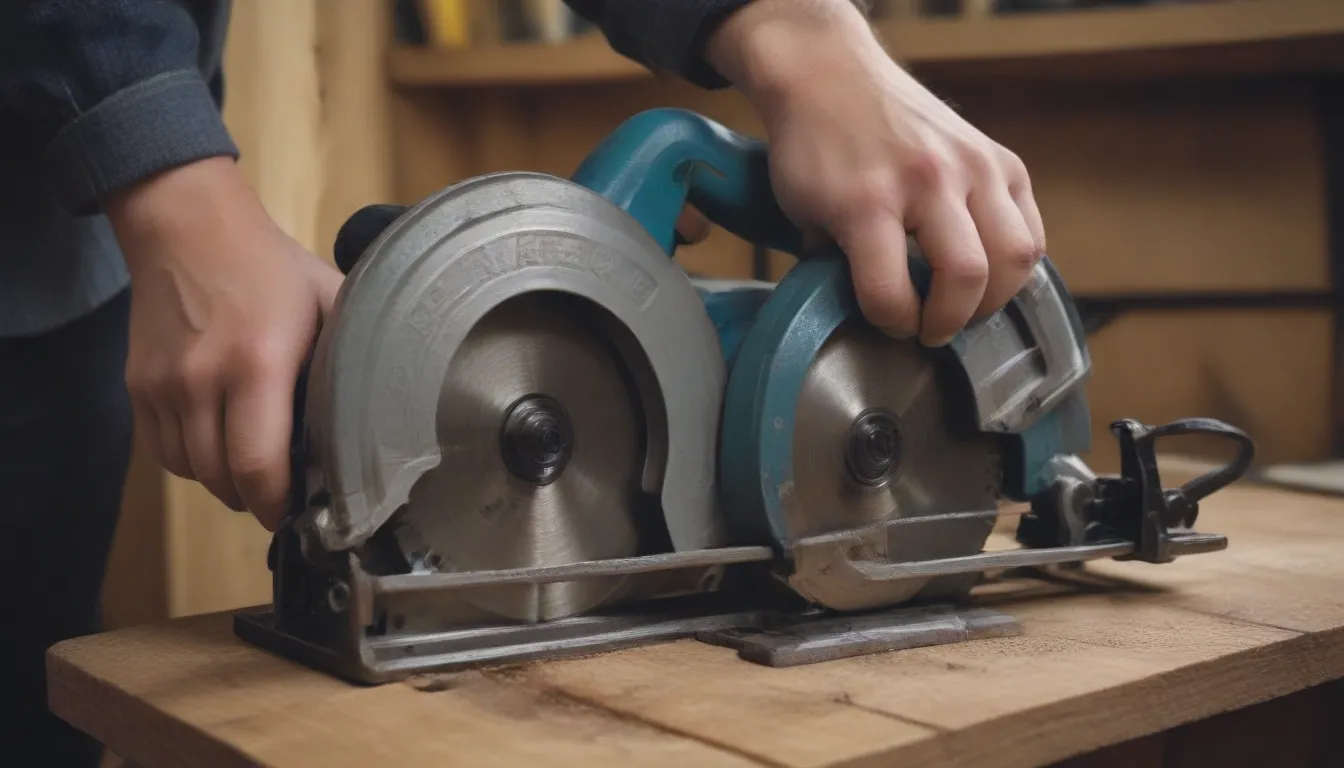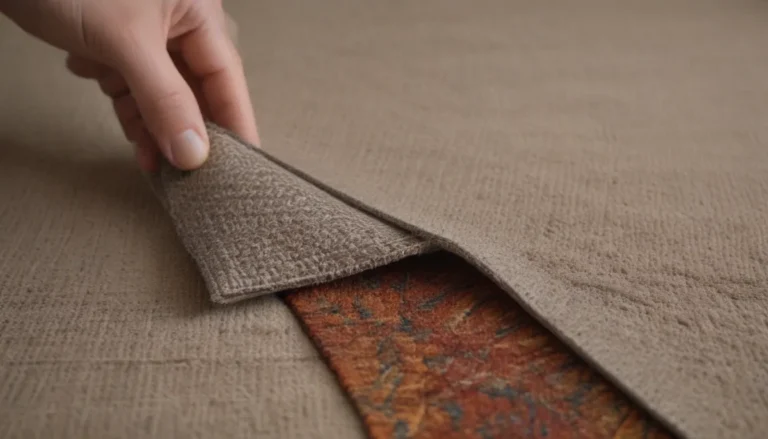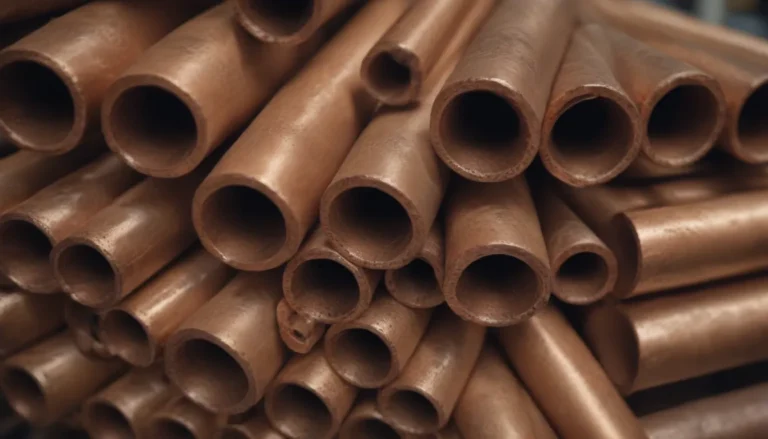A Comprehensive Guide to Choosing the Perfect Circular Saw

If you’re a DIY enthusiast, having a portable circular saw in your toolbox is essential for tackling various projects around the home. Whether you’re a seasoned pro or just starting out, choosing the right circular saw can make a significant difference in the quality of your work. In this guide, we’ll walk you through everything you need to know to select the perfect circular saw for your needs.
Understanding Your Circular Saw Options
Before you make a purchase, it’s essential to understand the different factors to consider when choosing a circular saw. Here are some key points to keep in mind:
Corded vs. Cordless
Circular saws come in both corded plug-in models and cordless models powered by batteries. While corded models typically offer more sustained power, recent advancements in battery technology have narrowed the performance gap. Consider your specific needs and whether portability is a priority for you when deciding between corded and cordless options.
Power Rating
For corded circular saws, the power rating is usually expressed in amperage. Look for a 15-amp saw for standard use, as lower amperage options may not provide enough cutting power. Cordless saws are rated by battery voltage, with lithium-ion batteries being the most common choice. Higher voltage and amp-hour ratings indicate more cutting power and longer battery life.
Blade Size
Circular saws are categorized by the diameter of the blade they use. The most common size for DIYers is 7 1/4 inches, which is versatile enough to cut through a variety of materials. Consider the thickness of the materials you’ll be working with when choosing the blade size for your circular saw.
Ergonomics
Comfort and ease of use are essential when selecting a circular saw. Test different models to find one with a handle that fits your hand comfortably and feels well-balanced during use. Pay attention to the visibility of the blade and adjustment components to ensure a smooth cutting experience.
Additional Features
Look for circular saws that come with useful features like adjustable bevel angles, dust extraction systems, and blade guards for added safety and convenience. Invest in high-quality carbide-tipped blades for clean and precise cuts, and consider purchasing specialized blades for cutting different materials.
Exploring Different Types of Circular Saws
While sidewinders and worm-drive saws are the most common types of circular saws, there are several other options worth considering:
Sidewinder
Sidewinder saws are lightweight and compact, making them ideal for home workshops. The blade spins faster on sidewinder saws, providing quick and efficient cutting for DIY projects.
Worm Drive
Worm-drive saws are preferred by professionals for heavy-duty work, thanks to their higher torque and durability. The handle is positioned behind the blade on worm-drive saws, offering better visibility for right-handed users.
Hypoid
Hypoid saws are similar to worm-drive saws but feature an enclosed motor that doesn’t require oiling. These saws are suitable for large tasks and heavy-duty cutting jobs.
Abrasive
Abrasive circular saws, also known as chop saws, are designed to cut hard materials like metal. Invest in high-quality blades for longer-lasting performance with abrasive saws, as cheap blades may wear out quickly.
Miter
Miter saws offer versatility with the ability to make various cuts, including cross cuts, miter cuts, and bevel cuts. These saws are portable and easy to use, making them a popular choice for DIY enthusiasts.
Concrete
Concrete circular saws, also known as slab saws, are designed specifically for cutting through concrete. These powerful saws use diamond blades and are ideal for heavy-duty concrete cutting tasks.
Table
Table saws feature a circular blade mounted into a workbench table, offering precise and efficient cutting for woodworking projects. Consider a table saw if you work frequently with boards and need a reliable cutting tool.
Making the Right Decision
When it comes to choosing a circular saw, consider the following factors to ensure you select the best option for your needs:
What Will You Be Using the Circular Saw for?
Determine the specific projects you’ll be working on and the type of materials you’ll be cutting. Consider whether you need special features like adjustable bevel angles or specialized blades for clean cuts.
Safety First! Before using any power tool, always prioritize safety by wearing appropriate protective gear and following manufacturer instructions for safe operation.
Where to Shop
Circular saws are available at home improvement stores, hardware stores, supercenters, and online retailers. Take the time to research different models, compare prices, and read reviews before making a purchase. Consider visiting a store to test out different saws in person before making a decision.
Cost
Circular saw prices vary depending on the type and features you choose. Setting a budget and comparing prices across different retailers can help you find a quality circular saw that fits your needs and budget.
By following these tips and considering your specific needs, you can confidently choose the right circular saw for your DIY projects. A well-maintained circular saw can last for many years and provide reliable cutting performance for all your woodworking needs. Happy sawing!





